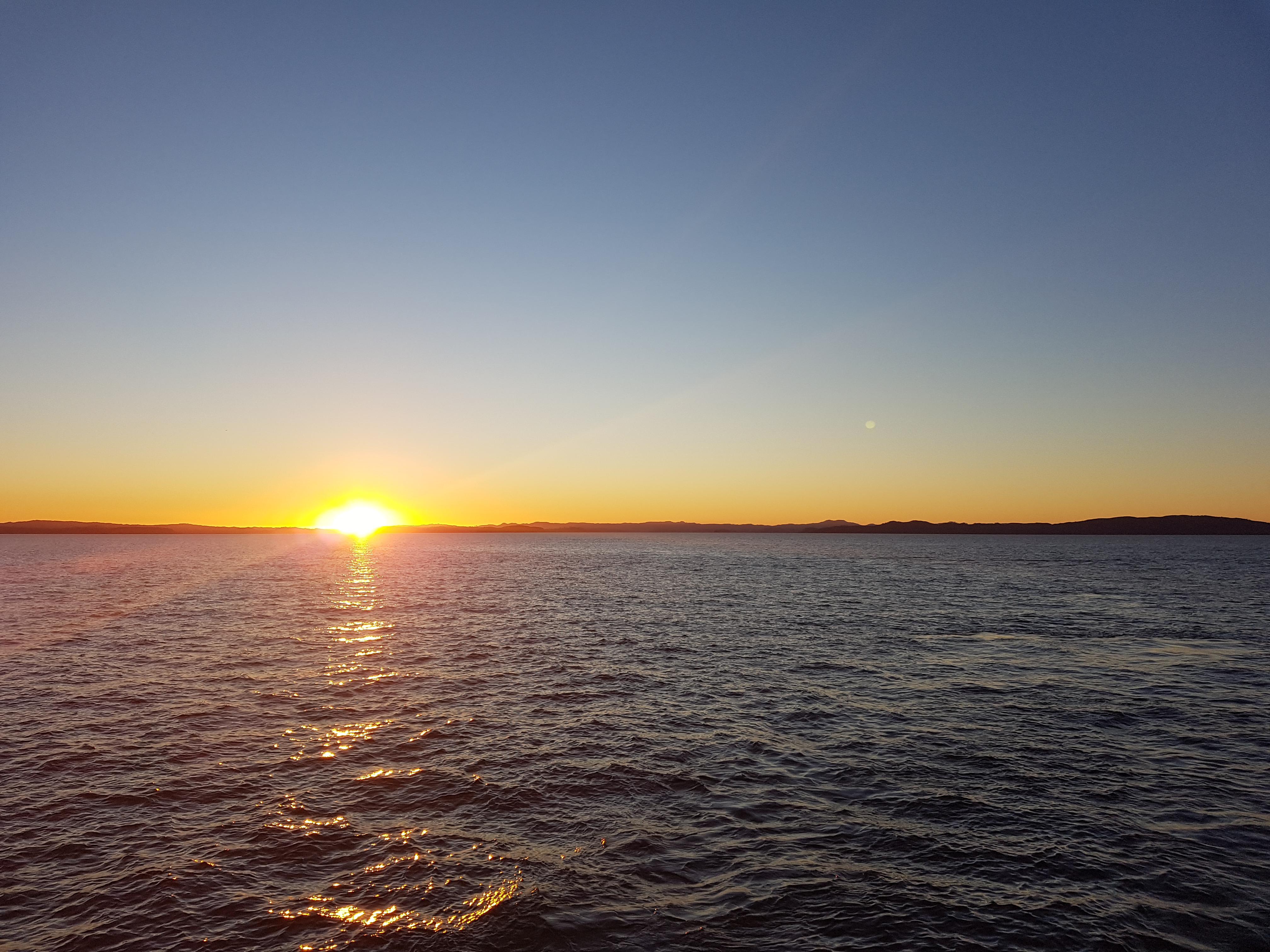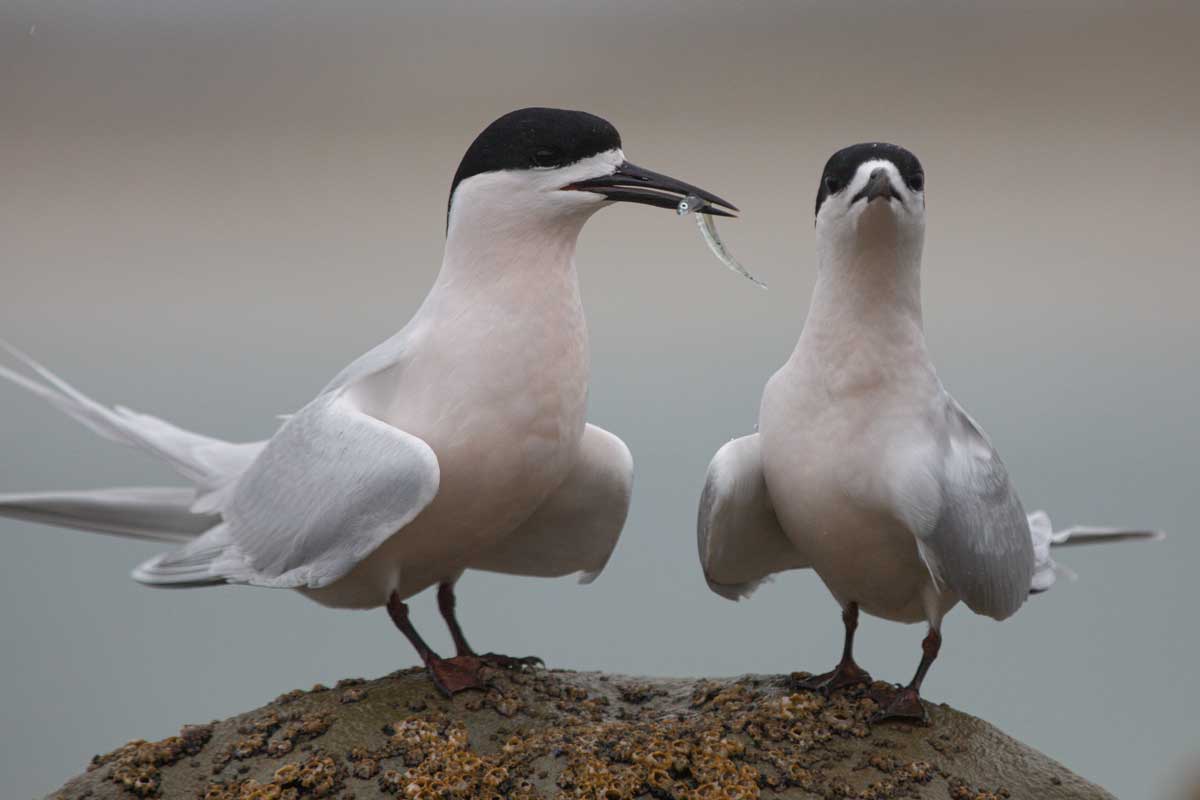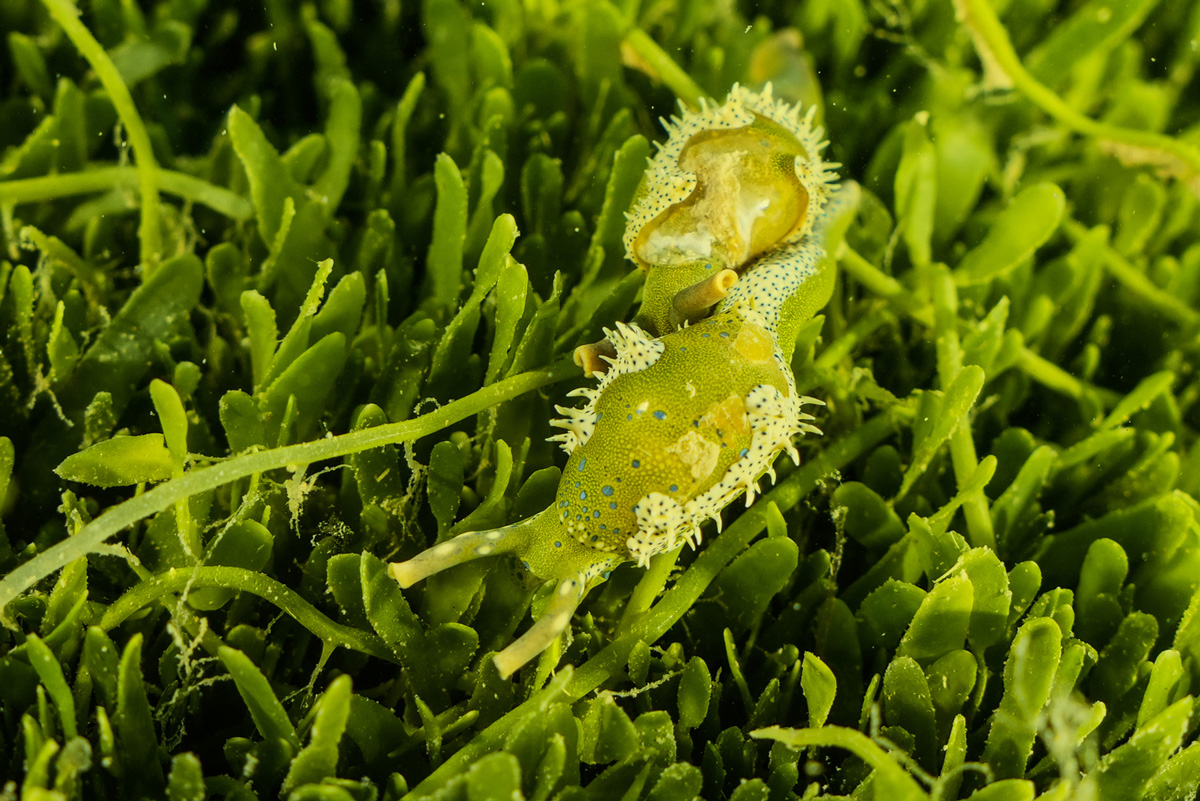Marine heatwaves (MHWs) are defined as when seawater temperatures are warmer than the 90th percentile of a historical average, for at least 5 consecutive days. MHWs with gaps of 2 days or less are considered part of the same event. In short, they are prolonged periods where seawater temperatures are anomalously warmer than expected.
Measured by duration (in days), intensity (the difference in temperature compared to the expected temperature for the same day) and cumulative intensity (the integral of intensity over the duration), marine heatwaves are becoming more frequent and intense with a 34% rise in frequency, a 17% increase in duration, and a 54% increase in annual MHW days globally since 1925.
The cause of these marine heatwaves are mostly driven by ocean currents and the warming of the sea surface by the atmosphere, also known as air-sea heat flux, whilst other factors such as wind and climate oscillations like El Niño and La Niña also play into the intensity and likelihood of them occurring.
Whilst you would be forgiven for thinking that MHWs are exclusive to the warmer months, they can actually occur at any time of year. During the Winter of 2021, all areas analysed across New Zealand except 2 (Banks Peninsula and FMA3, east of the South Island) experienced MHWs.
Early this year, The Moana Project launched an open-access seven-day forecast which is based on ocean modelling to predict when and where these heatwaves may arise around the country.

The consequences that MHWs can have include ecological, sociological and economic impacts. Ecologically, this can include changes in ecosystem structure, the expansion and contraction of species habitat ranges, disrupted breeding cycles and even mortality. A strong marine heatwave during the summer of 2017/2018 contributed to the local extinction of bull kelp in areas of Lyttelton Harbour, South Island and this, in turn, resulted in an increase in the growth of opportunistic weedy macroalgae and a decrease in mussels.
Economically MHWs can, directly and indirectly, impact the industries that are associated with them such as tourism, fisheries and aquaculture.
A summary of the 2010/2011 Western Australian marine heatwave found that there were widespread economic impacts on commercial fisheries with some closed for several years due to loss of habitat, reduced reproduction and recruitment rates as well as direct mortality. The MHW and subsequent summers of higher-than-average sea surface temperatures may have been a factor in the reduction in the biomass and catches of Shark Bay’s oceanic stocks of tāmure/Australian snapper (Chrysophrys auratus). This species tends to have a small temperature range where it can spawn successfully, in the Hauraki Gulf Marine Park this is typically between 16-21°C.
Qu et al (2021) recently stated that Goat Island/Leigh Marine Reserve, one of the 6 marine reserves within the Marine Park, contributes approximately 10.6% of juvenile Australian snapper to areas of the Marine Park outside of the reserve via the recruitment effect. This results in a multi-million contribution to both recreational and commercial fisheries. Marine heatwaves have the potential to impact the populations of Australiasian snapper here in Tikapa Moana along with other commercially and recreationally important fish species.
Along with fisheries, the Marine Park also supports the livelihoods of those involved in tourism including marine mammal tourism. Changes to species ranges as well as ecosystem structure changes could affect such tourism operations as marine mammals have also been shown to change their distribution, affected by their prey’s distribution in relation to MHWs.
Research into MHWs is still relatively new but the need and urgency of this is increasing. Being able to predict when MHWs may arise as well as understanding the local, regional and national impacts will be needed to allow for appropriate responses and adaptation.





